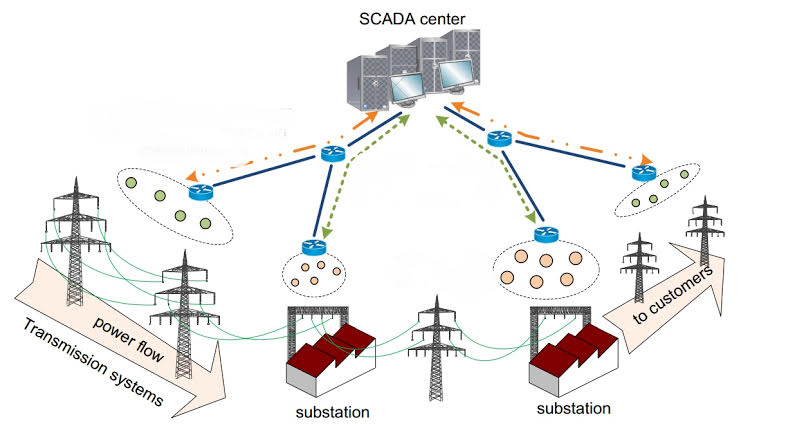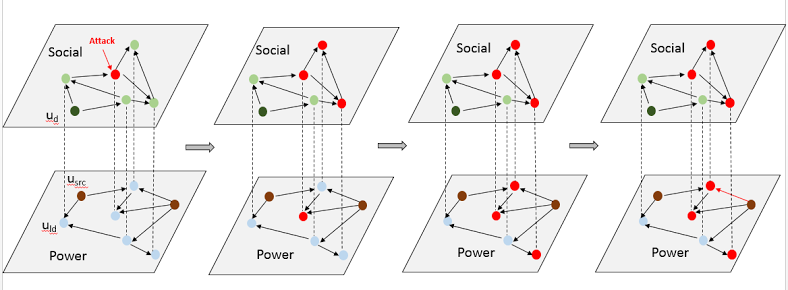1. INTERDEPENDENT NETWORK DESIGN
|
A. Vulnerability in Interdependent Networks Studies have shown that the networks in real life are usually interconnected and form interdependent networks. For instance, the communication network, power network and transportation network are closely connected: the outage of a bus in the power network may bring down routers and traffic signals, thereby impact both communication and transportation networks. Network vulnerability, an important assessment of network resilience, is complicated in such interdependent networks. Two important factors bring more challenge to the problem. The first is the cascading failure effect: Failure of an element in one network can cascade to elements in the same network or other networks. As in the case of communication/power/transportation networks. The second is network self-recovery: Networks can select some nodes to substitute the attacked nodes (potentially in different networks) and partially recover functionality. For example, cellular network can reroute the traffic to satellites when one of the base stations was damaged. We focus on assessing vulnerability in interdependent networks, considering both cascading failure and network self-recovery.
|
|
B. Modeling and Analysis of Multiplex Social Networks The rapid growth of online social networks has made them become one of the most important channels for fast information propagation and influence. This propagation process becomes much more effective when information simultaneously spread on many social sites via overlapping users, who have accounts on multiples social networks sites. Analyzing each network separately will fail to identify the most influential users, and thus give erroneous indicators of information propagation. At present, understanding behavior that crosses multiple networks with multiple layers, dubbed here Multiplex Social Networks, is still largely unexplored. This project aims to develop mathematical models and techniques to precisely and efficiently analyze the information propagation in multiplex networks, capturing the extrinsic interdependencies between networks while preserving each network's intrinsic properties.
|
2. SOCIAL NETWORK ANALYSIS & APPLICATIONS
|
A. Optimal Use of Social Networks for Fast Information Spread & Counter-messaging Social network applications on Facebook, MySpace, Bebo, etc. are excellent examples of viral marketing. The spreading of an application starts with one user installing the application, then the application sends ‘Invitations’ to all friends of the user. Furthermore, for every activity of the application the application will notify friends with a mini-story or feed. In turn, friends of the users get curious about the application, install it and continue the exponentially viral growing process. The more initial users selected, the faster the application will spread through the network. However, due to limits on resources companies often want to target a small group of the most influential users so that after a chain-reaction of influence the company can reach to users in the whole network or a segment of the network.
|
|
B. Adaptive Approximation Algorithm for Community Structure Detection Community structure is defined as a subgraph such that there is a higher density of edges within the subgraph than between them. This has applications in many domains, not only in computer networks, but also in computational biology, social research, life sciences and physics. We focuses on complex, dynamic, and evolving over time, yet often greatly affected by uncertain factors, which may arise in many forms, including natural or man-made interferences.
|
|
C. Fast Detecting Disjoint and Overlapping Community Structures Many problems in reality take the forms of complex networks and their underlying organization exhibit the property of containing communities, i.e. groups of tightly internally-connected and sparsely externally-connected nodes in the network structure. Community detection is the problem of identifying those communities in a given network with or without extra information such as the number of communities, and with overlapping or non-overlapping communities.
|
A. Spectral Efficiency and Resource Management In cellular networks, rapid increase of data consumption has strained the network infrustructure. Proximity based device-to-device communication has been introduced as a way forward in next generation LTE networks. However, assigning limited resources efficiently to enable maximum reuse with spectral efficiency still remains an important challenge. As devices enter and leave a network frequently in an online manner, the solution framework must be able to work adaptively. The resource allocation algorithm should be fast and light because of the instantaneous nature of ever increasing content demand.
|
B. Social Aware Schemes to Offload Network Traffic Although Device-to-device (D2D) communications over licensed
wireless spectrum has been recently proposed as a promising technology to meet the capacity crunch of next generation
cellular networks, the success, to a large extent, depends on the willingness of the participating devices to share their resources.
Consideration of social aspect of human communication can go a long way in extracting efficient solutions to offload cellular traffic. However, due to the high
mobility of cellular devices, establishing and ensuring the success of D2D transmission
becomes a major challenge. Social aware community based approaches are shown to be useful in identifying a set of reliable relay devices that help a content to be
transmitted from a source/cache to a destination. |
A. Information Leakage in Online Social Networks As an imperative channel for rapid information propagation, OSNs also have their disruptive effects. One of them is the leakage of information, i.e., information could be spread via OSNs to the users whom we may not willing to share with. Thus the problem of constructing a circle of trust to share the information with as many friends as possible without further spreading it to unwanted users has become a challenging research topic recently. Our work is the first attempt to study the Maximum Circle of Trust problem which seek for a close set of friends such that the chance for information spread out to the unwanted users is the smallest. We propose a Fully Polynomial-Time Approximation Scheme (FPTAS)
|
B. Sybil attack and limiting the spread of misinformation Sybil attack and misinformation spreading are two
crucial problems that recently occur in communication networks,
especially in OSNs. In sybil attack, sybil nodes with multiple fake
identities are trying to attain and then influence the others as if
they are honest ones, as in
|
C. Complex Network Vulnerability Assessment Communication networks play a vital role in the day-to-day routine of all sectors of our society. Unfortunately, these systems are often greatly affected by several uncertain factors, including external natural or man-made interferences (e.g., severe weather and enemy/malicious attacks.) The failure of a few key nodes that play a vital role in maintaining the network’s connectivity can break down its operation.
|
D. Vulnerability of Power Law Networks In 1999, it is discovered that almost real large-scale networks follow the same type of graphs called power law graphs. In these realistic networks, the degree distribution follows the power law distribution, at least asymptotically. The fraction of nodes with degree k is proportional to the reciprocal of k power C where C is a constant named the exponential factor. The emergence of the power law distribution has changed the existing approaches to several optimization problems on networks. Institutively we can get faster algorithms solving a particular problem if we exploit all the properties of the problem as well as the type of networks. However, using the power law distribution in designing new algorithms is challenging and it requires new techniques and approaches. In other direction is to reevaluate the difficulty of the problem in this type of networks. Many problems are proved hard to be solved on general graphs but they may be easier to solve on power law graphs. |
|
E. Group Testing and its Applications to defending Denial-of-Service Attacks Group Testing, also known as Pooling Design, is a technique to speed up the detection of affected blood samples within a large sample population in Biology. However, it has rarely been used for network security problems due to the limitations in its conventional models and algorithms. Investigating its advantage for defending the Denial-of-Service (DoS) attacks at different network layers can lead to a series of anti-DoS solutions with theoretical and experimental performance guarantee.
|
A. Wireless Network Coverage and Power Assignment In wireless sensor networks, maintenance the network coverage is one of the most important tasks to guarantee the quality of monitoring results. There are many factors that affect the coverage of wireless sensor networks. In the deploying phase, the full coverage may not be achieved because of random deployment. Then in the operation phase, some sensors may stop working due to the energy depletion or malfunctions. If we have redundant mobile sensor in the monitored area, we can schedule them to necessary locations that set up the coverage. The scheduling algorithm should be fast and light because the resource of sensors is very limited.
|
B. Broadcast Scheduling in Wireless Ad hoc Networks Broadcast has been a fundamental mechanism to lower down delivery time latency in wireless ad hoc networks. The intrinsic broadcasting nature of radio communications can either speed up the communications by transmitting the message to all neighbors or slow down the communications because of the conflicts with other transmissions. Thus, it is crucial to devise the conflict-free broadcast schedule, especially in mobile ad hoc networks on 3D space. Additionally, as most real networks are dynamic, it is also challenging to develop online algorithms for the broadcast scheduling with a good performance. |
A. SCADA and DPI Supervisory Control And Data Acquisition (SCADA) system remotely monitors and controls remote stations from a central SCADA center through coded signals over communication (or control) network. The addition of control network to better manage and gather system data comes with its own set of vulnerabilities including false data injection and fabricated system data which leads to bad state estimation. Among security enhancements such as advanced encryption and authentication, deep packet inspection (DPI) is used to detect malicious packets. However, DPI introduces delay in the poacket transmission in highly time critical IEC 61850 messages. Our work focus on the placement of the DPIs in the control network in order to maximize the amount of scanned packets.
|
B. Price Modification and load distribution attacks Smart Grid addresses the problem of existing powergrid's increasing complexity, growing demand and requirement for greater reliability, through two-way communication and automated residential load control among others. These features also makes the Smart Grid a target for a number of cyber attacks. We study the problem of Price Modification Attack (PMA) through fabrication of price messages which induces changes in load profiles of individual users and eventually causes major alteration in the load profile of the entire network. Combining with cascading failure, it ends up with a highly damaging attack. We prove that the problem is NP-Complete and provide its inapproximability. We devise two approaches for the problem, former deals with maximizing failure of lines with the given resource and then extending the effect with cascading failure while the later takes cascading potential into account while choosing the lines to fail.
|
C. Socially enabled smart grid and its vulnerabilities The social computing will integrate and enhance many digital systems over the next decade and the smart grid is no exception. Smart grid efficiency depends on utility customers having knowledge about demand response programs and being actively engaged in energy management. And this is exactly where social network comes into the picture and can really have an impact. Social computing can also expand the adoption and adaptation of smart grid technologies through the peer to peer communication in local communities through social network. It also could change large scale behavior through crowdshifting basing on the theory ''people decide how to behave based on what they see others doing, especially if those others seem similar to themselves''.
|
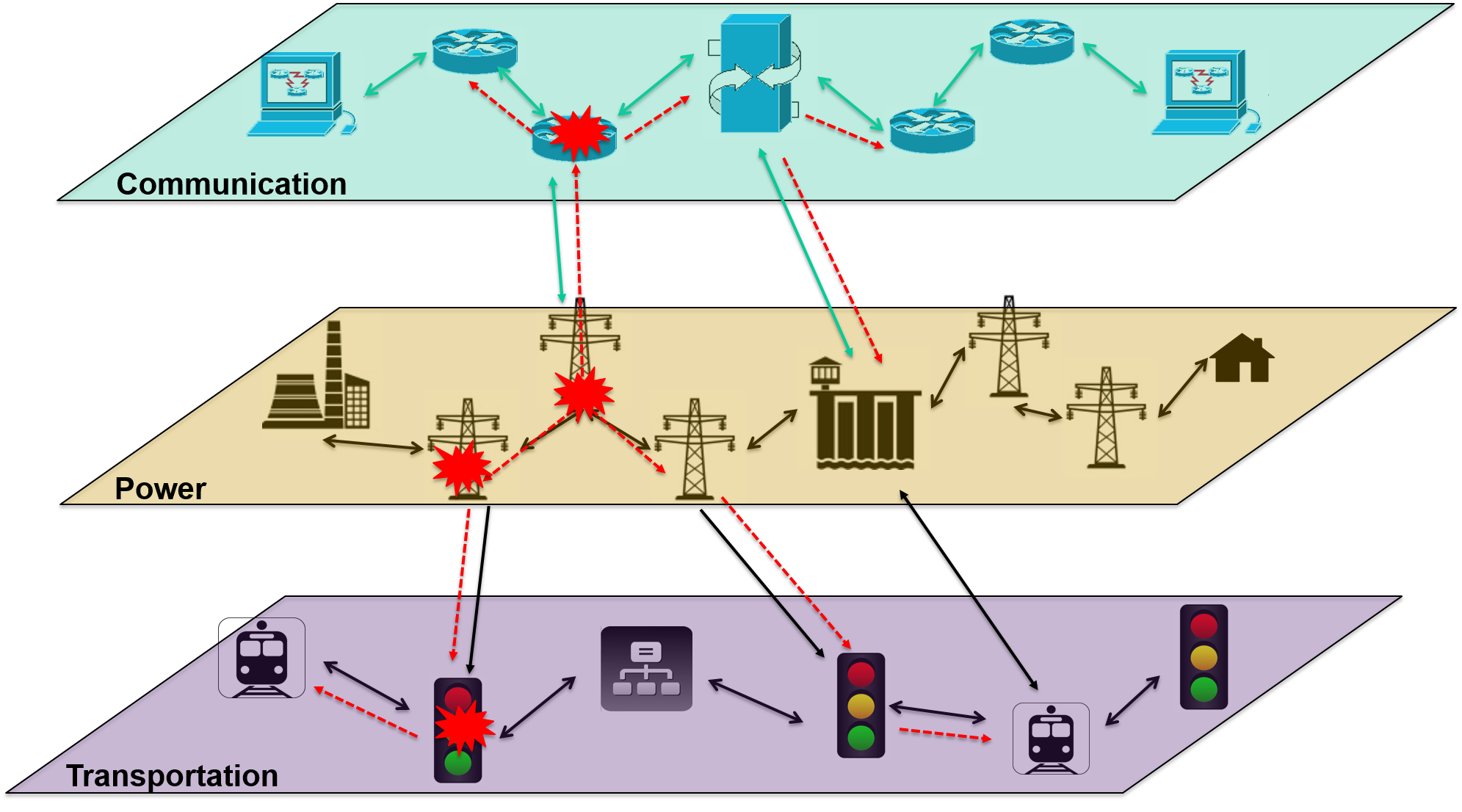 Objectives:
Objectives: 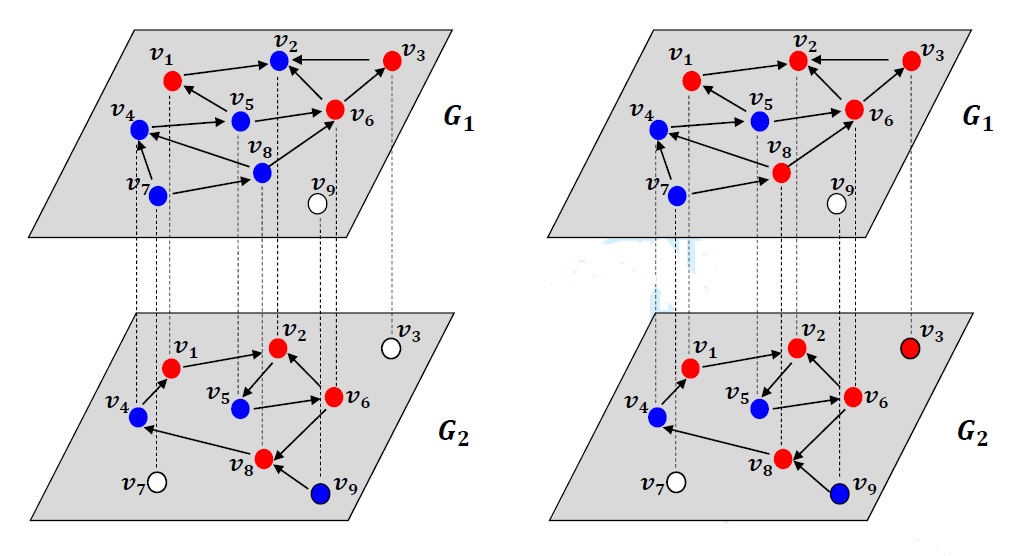 Objectives:
Objectives: 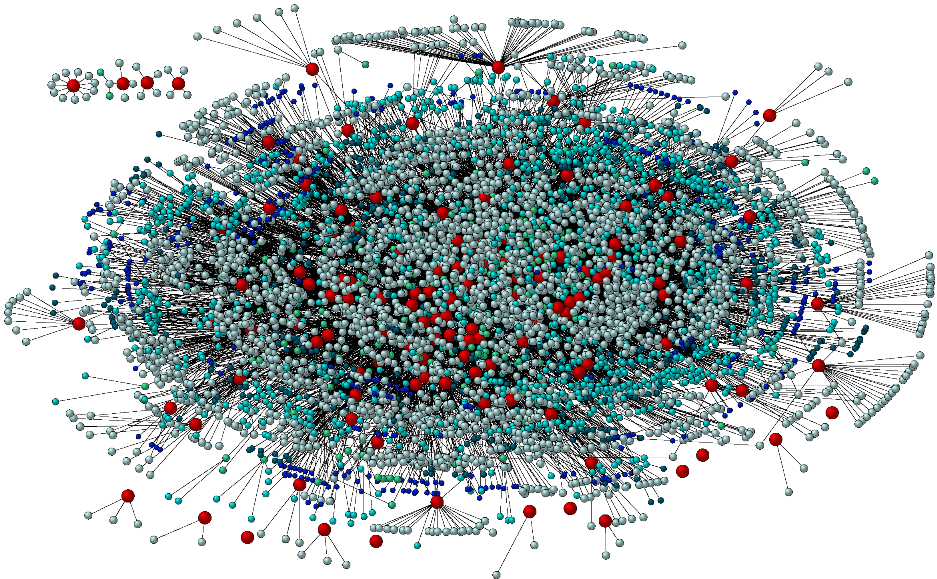 Objectives:
Objectives: 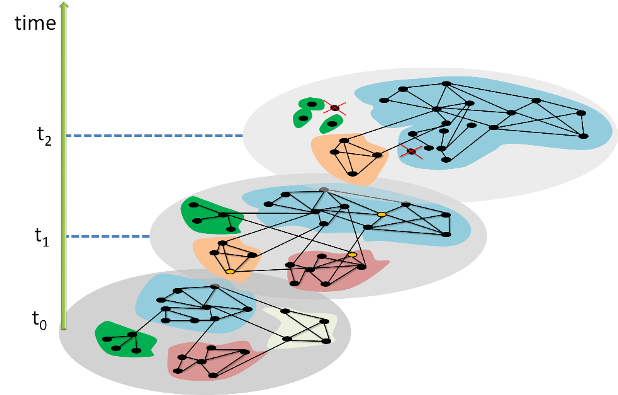 Objectives:
Objectives: 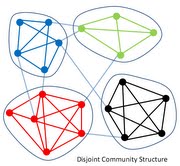
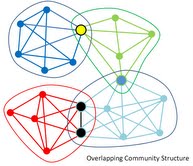 Applications:
Applications: 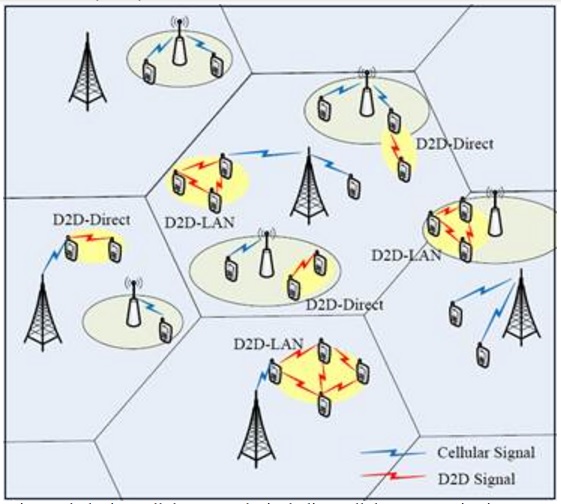 Objectives:
Objectives: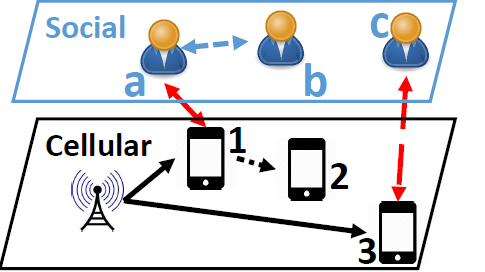 Objectives:
Objectives: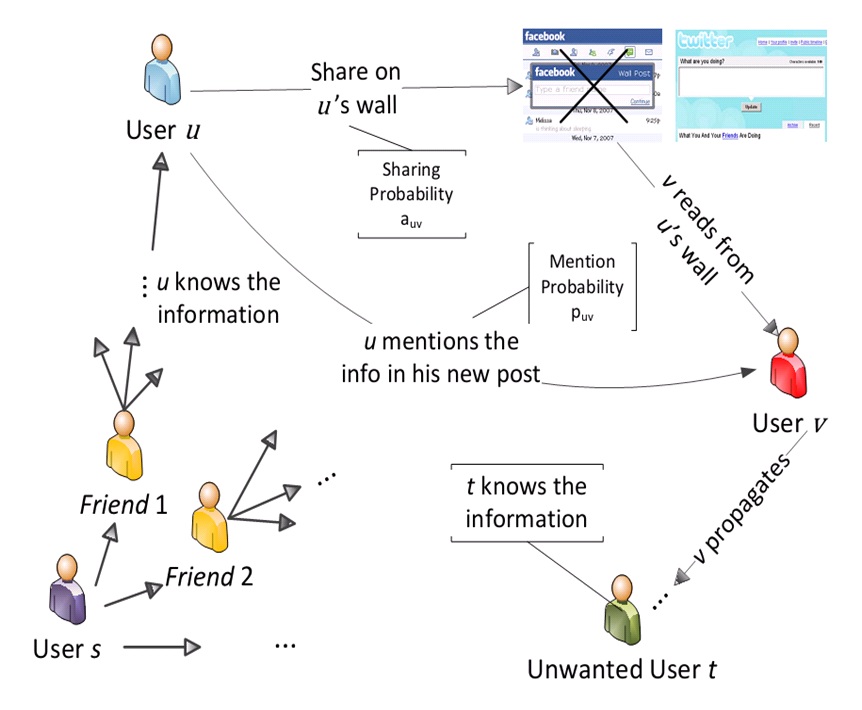
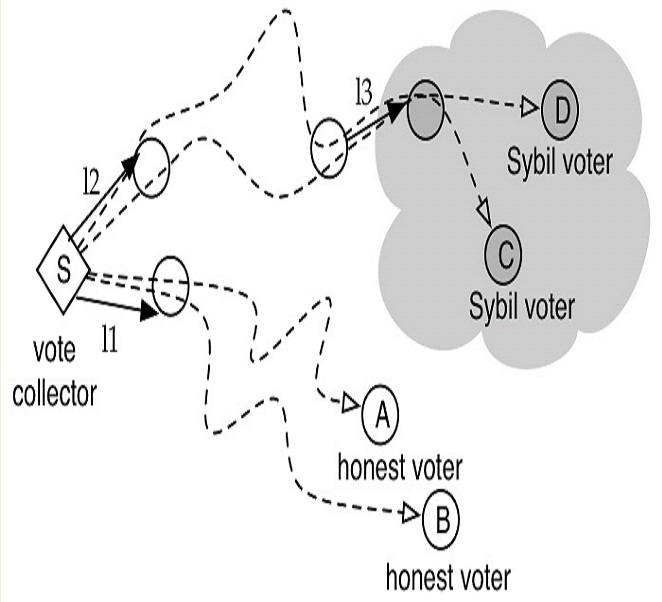 Objectives:
Objectives: 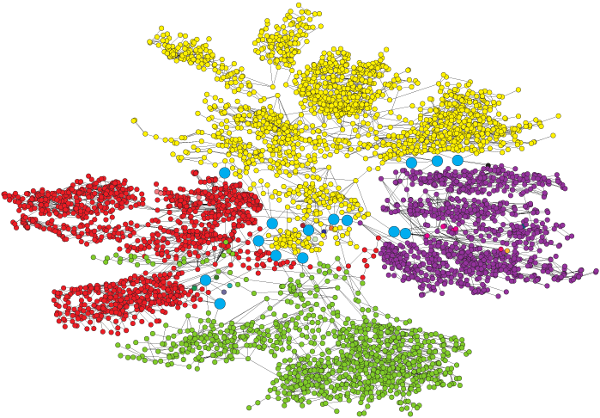 Objectives:
Objectives: 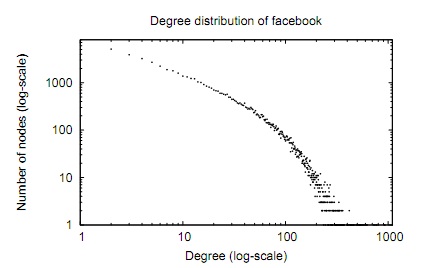 Objectives::
Objectives::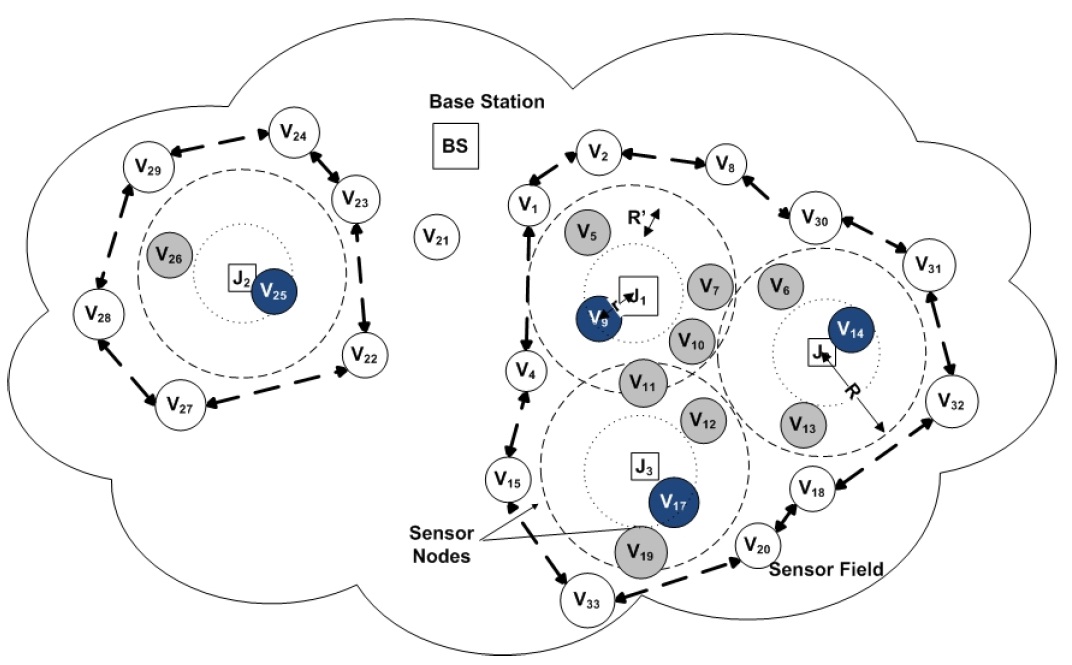 Objectives:
Objectives: Objectives:Objectives:Objectives:
Objectives:Objectives:Objectives: Objectives:
Objectives: